|
John Tyman's Cultures in Context Series NEPAL |
|
|
|
513 - 534 |
|
John Tyman's Cultures in Context Series NEPAL |
|
|
|
513 - 534 |
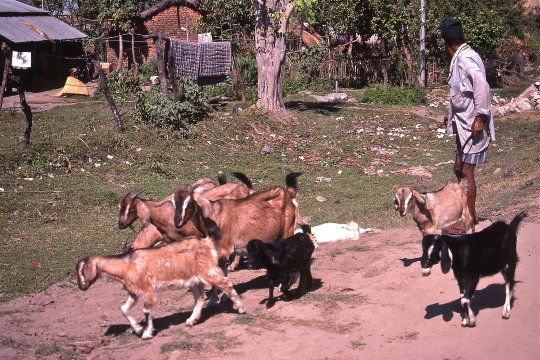 |
| 515. In addition, efforts to rehabilitate forest areas that have been looted for firewood are commonly thwarted by forest fires and stray animals -- goats especially. (Re-settlement area) |
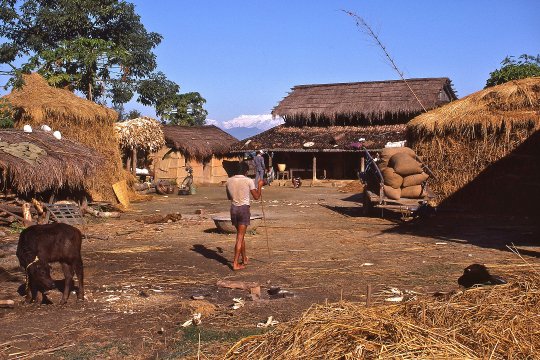 |
| 521. In common with commercial farmers worldwide, large landowners here have extensive farmyards in which to marshal their crops and livestock. |
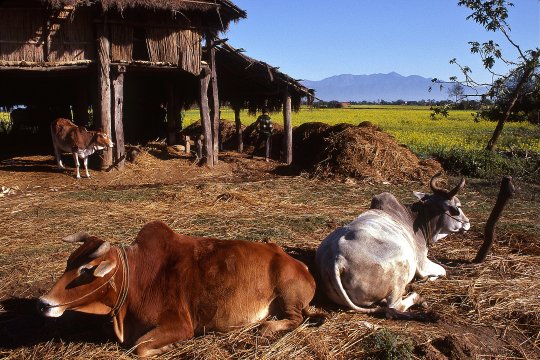 |
| 522. Their barns are bigger, and their animals healthier than those of most families on smallholdings. |
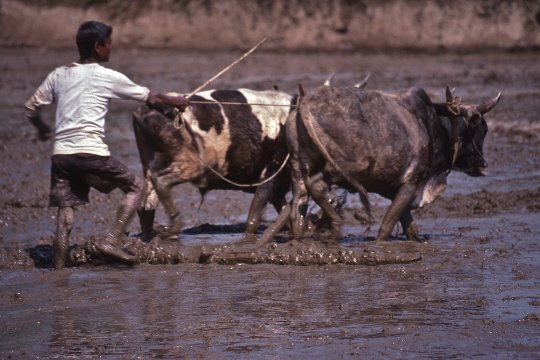 |
| 525. Rice paddies are still harrowed in the old way, though, with the help of oxen -- smoothing the surface of the field and giving the soil an even consistency prior to planting. |
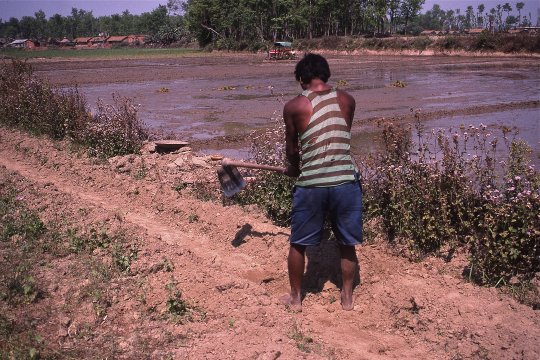 |
| 526. Irrigation channels used to divert water from canals into individual fields are also dug and maintained by hand. |
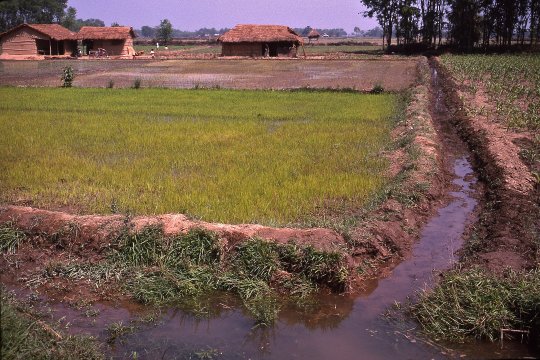 |
| 527. And the flow of water into individual fields is monitored by farm workers. [Video Extract 18] |
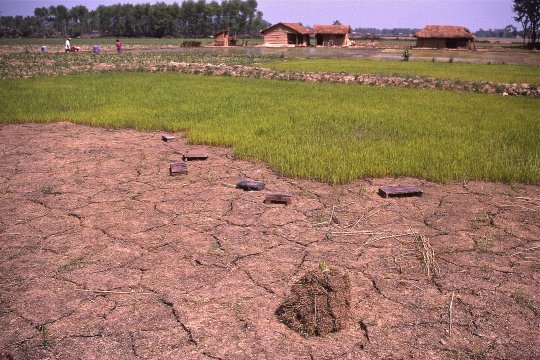 |
| 528. As in the Midlands, rice seed will be planted in June, before the monsoon, in nursery beds beside the homes of farmers (or their employees). |
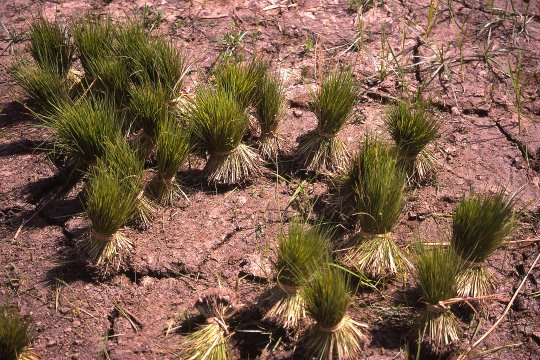 |
| 529. The seedlings are later pulled from the soil and tied into bundles. |
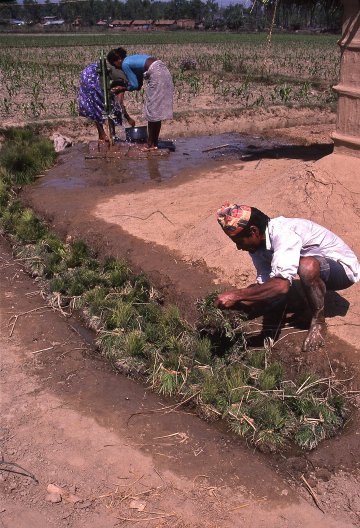 |
| 530. These will be soaked in a holding area close by, using pumped water, in readiness for their relocation. |
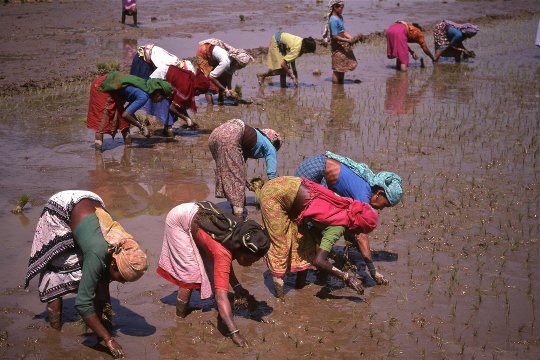 |
| 531. Once the fields are flooded, the seedlings will be transplanted by hand, by workers who spend their days wading through mud. [Video Extract 18] |
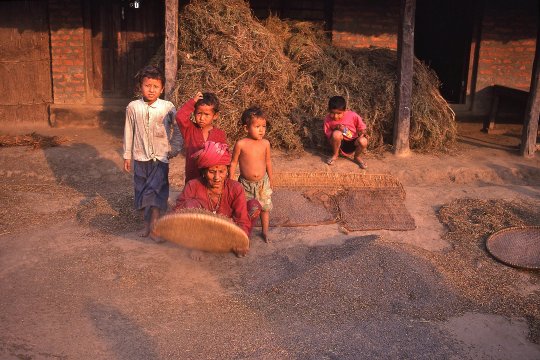 |
| 533. Dhal is also grown then, being a basic element of almost every meal here as it is in the hill country. (Winnowing in progress) |

![]()
Text, photos and recordings
by John Tyman
Intended for Educational Use
Only.
Contact Dr. John Tyman at johntyman2@gmail.com
for more information regarding
licensing.
![]()
www.hillmanweb.com
Photo processing, Web page layout,
formatting and hosting by
William
Hillman ~ Brandon, Manitoba ~ Canada